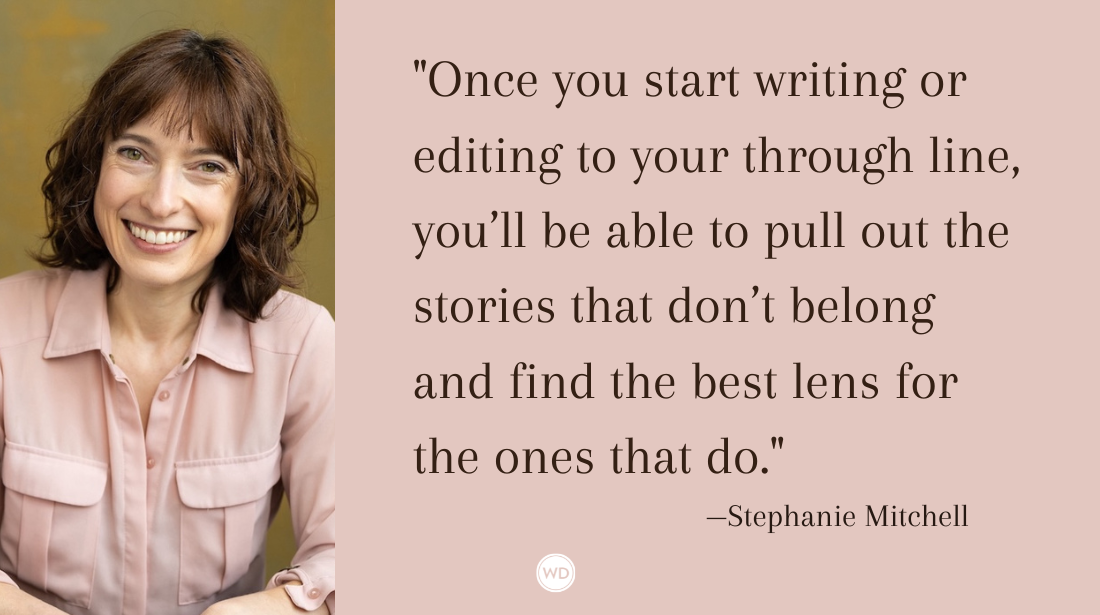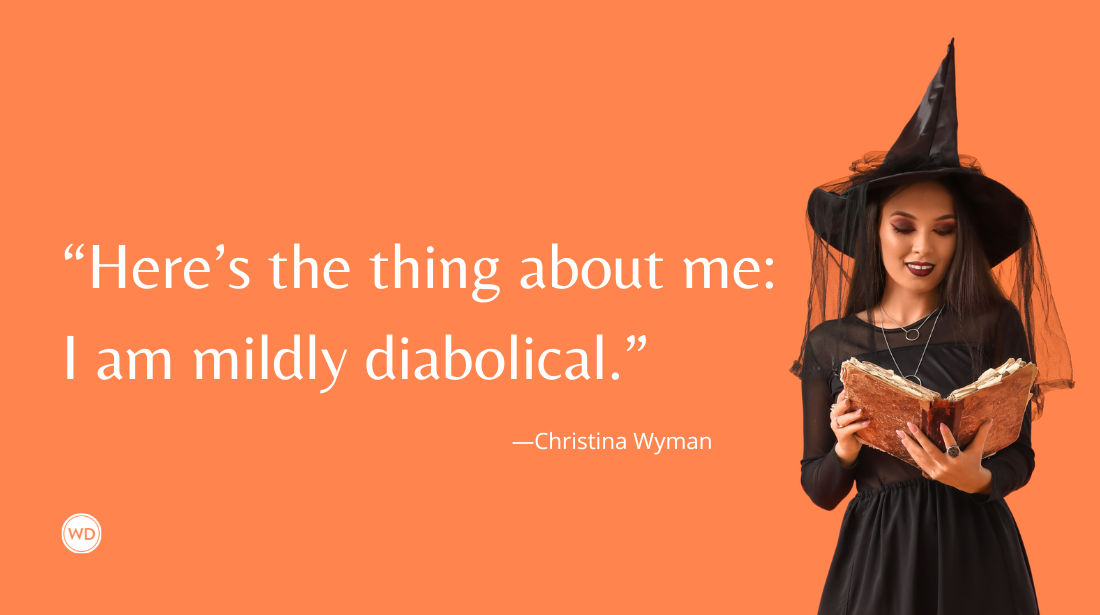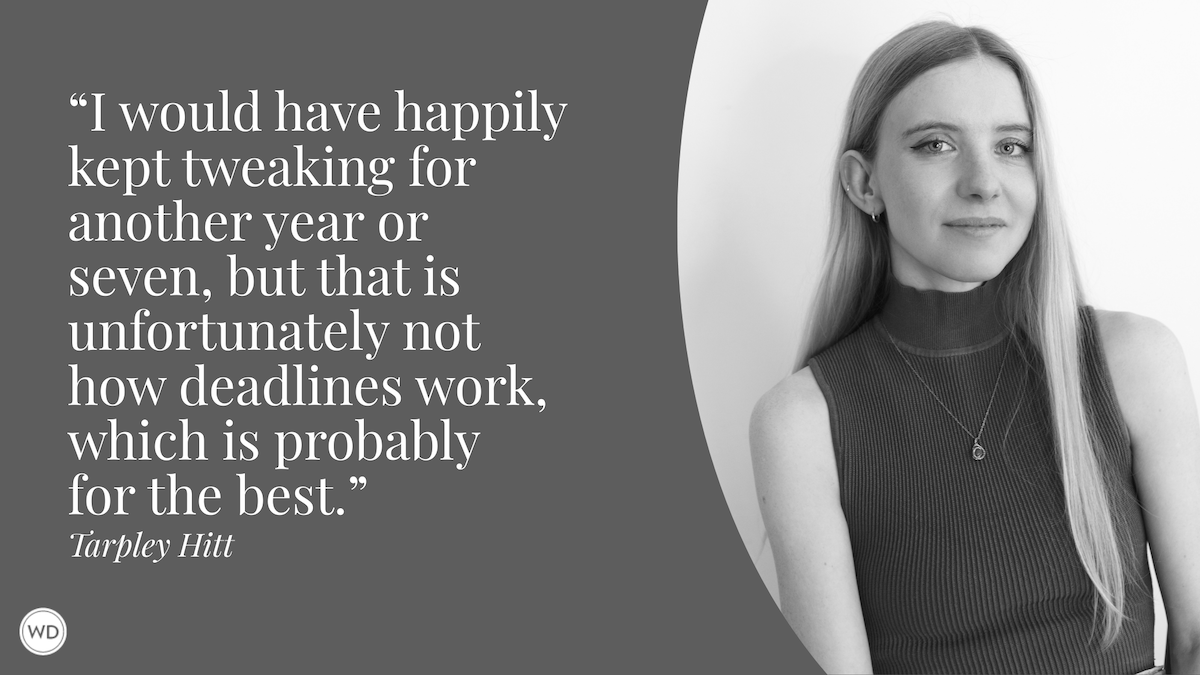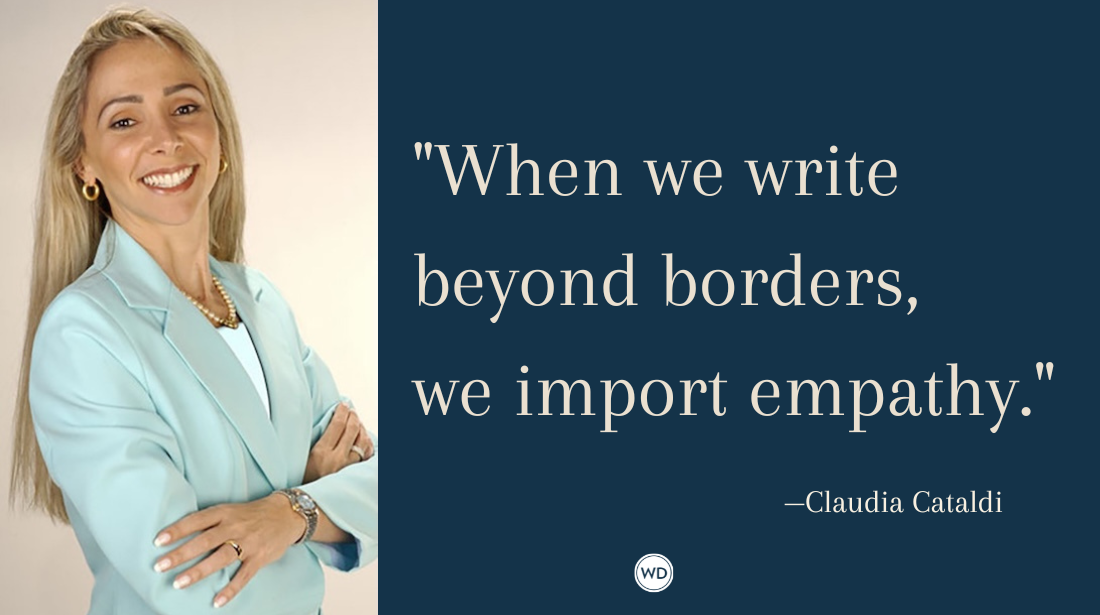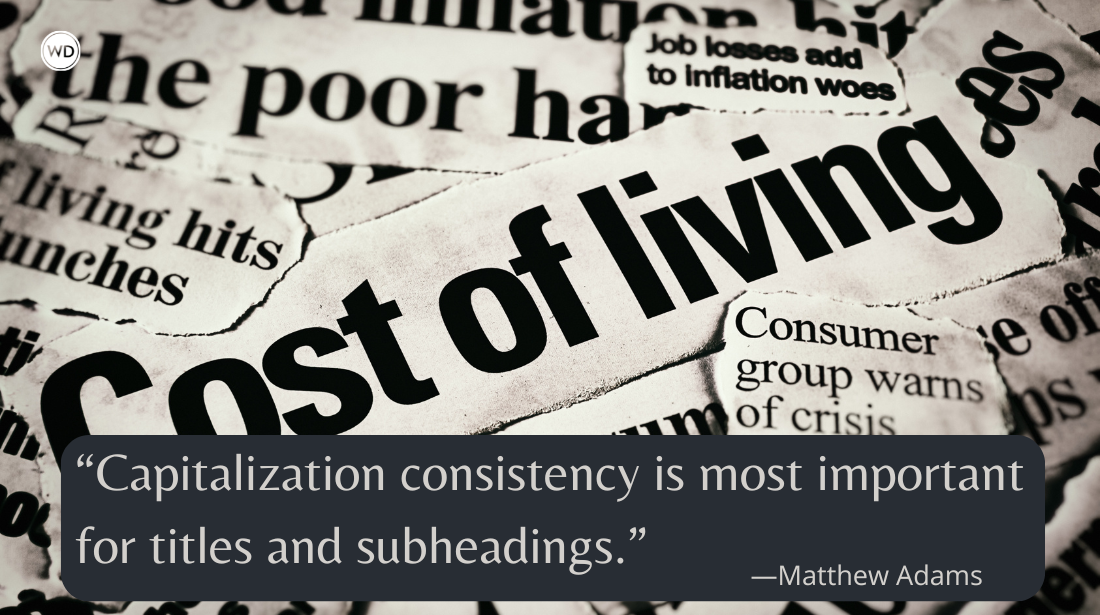10 Rules for Writing Opinion Pieces
Freelance on the fly by mastering the opinion piece with Susan Shapiro. Find here the 10 rules for writing opinion pieces, including the essential elements of a successful and sellable op-ed.
Everyone has an opinion, but how do you convey yours in a compelling way that others will want to read? Find here the 10 rules for writing opinion pieces, including the essential elements of a successful and sellable op-ed.
Opinionated editorial essays are often the most fun, fast and furious pieces to get into print—especially for nonfamous writers with strong opinions and day jobs in other fields. That’s because editors of newspapers and online magazines like Slate, Salon, The Huffington Post and The Daily Beast want quick commentary on the ever-changing news cycle from experts who can illuminate different angles of stories as they unfold.
So if you have an engaging, unusual point of view on a current public conundrum, along with a relevant platform (e.g., being a teacher, businessman, lawyer, doctor, parent or stamp collector) you don’t need clips or editorial experience on your résumé—just quick thinking and an understanding of the form of these articles. I once sent a hastily written kvetch about a Kmart opening in my Greenwich Village neighborhood to The New York Times at noon, had an acceptance by 2 p.m., was sent a copy by midnight and received a check within a week. Here are the essential elements of a successful and sellable op-ed.
10 Rules for Writing Opinion Pieces
1. BE TIMELY OR EARLY.
I submitted my Kmart commentary the week the local branch opened, which, luckily, coincided with a front-page debate about superstores infiltrating Manhattan. Timeliness is essential with this genre, especially now that online news sites can update as often as they choose. The presidential election was hot for op-ed writers until Nov. 4; then, regular columnists took over the topic.
Be sure to factor in lead times and how long it can take an editor to reply (especially if he doesn’t know you). If the Fourth of July is next week, your patriotic piece might already be too late. Retool it for Labor Day. Holidays are reliable hooks because they happen every year, so you can plan ahead (or try again next year).
2. BE VERY OPINIONATED.
Here’s the one time it’s helpful to be a hothead. Avoid being mild-mannered, tactful or diplomatic, as well as offering both sides of the story. An argument is much better than a discussion.
3. CONVEY A STRONG LINK TO YOUR SUBJECT.
When you are an expert on a topic, it’s fine to emphasize your authority with the first-person voice, especially if your personal story resonates in a universal way. Just make sure you do have authority. Unless you have fought in the Iraq war, have lost a family member there or are from Iraq, your chances of selling a piece about it are slim.
*****
Become a Successful Freelance Writer
Businesses offer some of the most rewarding, creative and lucrative opportunities available to freelancers today-and breaking in can be easier than you think. Freelance writing is a business like any other—to succeed, you need a mix of skill, hard work, perseverance, and perspective.
This collection combines the popular tutorials of bestselling author and sought-after freelancer I.J. Schecter that can help push your freelance career forward!
*****
4. ADD UNKNOWN FACTS.
When crafting your piece, keep asking yourself what’s new, fresh, unusual and timely. As an editor recently told my journalism class, “[They’re] called newspapers, not oldspapers.” Include specific or obscure facts, updated statistics and direct quotes to support your argument.
5. DON’T SHARE THE OBVIOUS SLANT.
Even if you can pen a smart argument on a topical subject, nobody wants to print what everyone already knows. Rage, play devil’s advocate, argue the rarer point or elucidate as only you uniquely can.
6. KEEP IT SHORT AND SWEET.
Most of the op-ed pieces my students have published over the years—in large publications such as The Wall Street Journal and The Washington Post as well as small ones like The Star Ledger—are between 350 and 700 words. Longer pieces tend to be penned by well-known scribes, senators and steady columnists—
not freelancers.
7. BE AWARE OF YOUR AUDIENCE.
Here’s a sneaky way to learn about a publication’s politics, geographic preferences and tone—read it first! The Wall Street Journal, The Washington Times and Commentary Magazine are slanted to the right politically and probably won’t be running left-wing screeds by unknowns. The left-leaning Nation, Newsday and Slate aren’t likely to print a newcomer’s anti-blue-state rants. Beware of making too many New York or Los Angeles references in a piece aimed at The Detroit News or a website with national or international readers. Similarly, financial references and other such factors should depend on demographics.
8. DON’T BE AFRAID TO BE SYBIL.
If you want to publish in lots of op-ed pages, develop multiple personalities, like the woman in the old Sally Field movie Sybil. Highlight different areas of expertise that show why you’re a good person to take on each subject. If you’re trashing the verdict of a public trial, identify yourself as a lawyer. To comment on parenting issues, mention that you have four children. If you want to interest the editor of Forward (a Jewish publication), The Irish Times or Audrey (an Asian lifestyle magazine), state your religion or ethnicity in the cover letter, the piece itself and your bio.
I have many identities for my various voices. When I’m sharing my side of an education debate, “Susan Shapiro is a journalism professor at New York University, The New School and Cooper Union.” When I show off to women’s magazines about being a matchmaker, “Susan Shapiro has fixed up 13 marriages and was set up with both her husband and his runner up.” When I pitch The Jerusalem Post, I’m “a nice Jewish girl who often visits her 32 cousins in Tel Aviv.”
9. DON’T COMMENT ON ANOTHER COMMENTARY.
Although it seems like an editor might want to print your contrary opinion to the essay she ran yesterday, she doesn’t. Editors are also reluctant to run pieces trashing another specific article in a newspaper or magazine. Furthermore, a rant wrapped solely around one movie, book, play or TV show is a review, not an op-ed. You’re better off depicting trends or commenting on a bunch of current movies, books, plays or TV shows in an overview or cultural commentary.
10. FOLLOW UP.
Many op-ed editors say if they don’t get back to you within 48 hours, the answer is no. But maybe they never received your submission because of a fluke. To make sure your op-ed landed where it was directed, follow up politely within a week.
Also, some places don’t pay for pieces. But several newspaper editors I know admit they won’t mention their usual $100–$350 fee for op-eds unless the writer asks for payment and sends an invoice. So speak up. The squeaky writer gets the clip—and the check! [WD]
Susan Shapiro, a long-time writing professor, is the author most recently of the writing guide The Byline Bible, the memoir The Forgiveness Tour and the coauthored American Shield. You can follow her on Instagram or visit her website.





